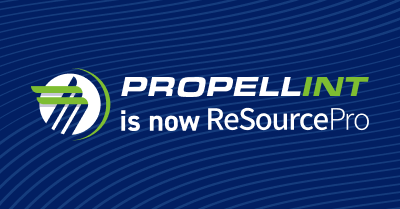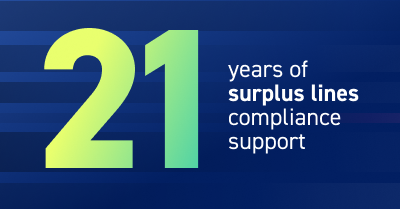If your agency has not experienced an E&O claim recently, you could be forgiven for thinking, “It couldn’t happen here,” and continue with business as usual. Or perhaps you’ve been through a wrenching E&O claim recently that has made you gun shy and cautious not to repeat the same mistake. As a result, you may take a legalistic approach to client interactions, reducing your role from trusted advisor to order-taker.
Unfortunately, neither of these approaches will shield you from E&O risk. Your best defense against E&O liability is to stick to the basics: Encourage your producers and account managers to improve their technical knowledge; train them to fully educate policyholders; and establish strict procedures for processing applications, checking policies, and properly filing paperwork. It is also important that you hold people accountable for following the procedures you set up.
We strongly recommend taking the following steps to not only to reduce your E&O exposure but also to better serve your clients.
1. Educate yourself
The best way to avoid misrepresenting your products is to improve your technical knowledge. Start by mastering your portfolio. Familiarize yourself with standard policy forms and take care to understand the nature of each risk described. One way to gain this expertise is to specialize by industry or insurance type, a decision that can position you as a desirable expert partner for clients.
2. Educate your insureds
Make sure your clients fully understand what they’re buying. Be clear that no two insurance companies or policies are the same. For example, walk them through what a term such as “replacement cost” means policy by policy. Policyholders often assume this means they have up to the policy limit to replace a building. If the policy says it will replace it with “like or similar kind,” let them know that, unless stated otherwise, that does not include the cost to upgrade to current building codes.
3. Ask the right questions
All too often, a client will put their current policy on the table and say they want the same coverage but at the lowest possible price. If they haven’t suffered a loss, that policy may seem adequate—whether it is or not. When conducting new business or a renewal, always take the time not only to complete a high-quality survey of the insured’s risk but also how they prefer to manage it. How much risk do they want to transfer to the insurance company—and how much are they willing to assume with their own assets?
4. Submit the application and review carrier quotes
Once you’ve asked the right questions to bring the client’s risk into focus, document the answers in an application and submit to carriers. Carriers may respond with a combination of copyrighted and proprietary forms. It is critically important that you review all forms, as some will inevitably include limitations and exclusions on the coverage presented on the policy summary.
5. Create a thorough proposal
Once you’ve received a batch of quotes, spend time reviewing them against one another, then explain to your client what your proposed solution includes. Encourage questions, and research the answers if you don’t know them immediately (again, avoiding promises and absolutes). We recommend that your proposal include options that improve the client’s coverages and terms that go beyond what your customer requests.
6. Follow through on documentation and policy checking
Across the entire sales, renewal, or servicing process, continuously review documents against their precedents (e.g., quotes vs. applications) to ensure they are accurate and deliver what is expected. Document timely follow ups and check to be sure the policy procured is as good as or better than the one your customer requested and you quoted. A best practice is to have someone other than the person creating these documents review them, someone whose attention won’t be drawn away by other activities.
7. Use checklists
Checklists are a great loss prevention tool for agencies and their clients alike. Agencies that consistently use coverage checklists reduce their E&O exposure by ensuring that a brief discussion occurs about available coverages and limits. A good checklist includes coverage choices and optional coverages a client might want to accept or reject. It also documents that the agent asked the questions on the list, as well as affirms, by signature or initials, that the policyholder was made aware of them and has opted in or out of each individually.
Check Out Our eBook
Want to learn more about mitigating E&O risk? Read our full eBook, “Navigating the E&O Jungle: A Guide for Agents and Brokers,” where we discuss when E&O incidents tend to happen and explain more about how to avoid these risks.



